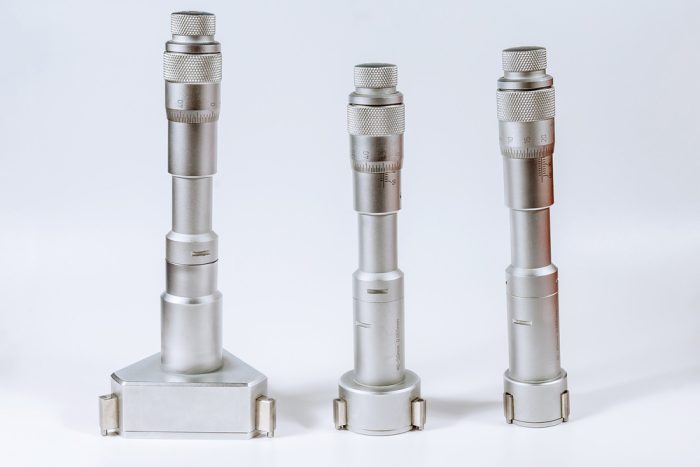Setting a thread ring gage to a setting plug is a key process for making accurate measurements for various manufacturing operations. Precision in thread gage calibration can impact the functionality of evaluative machinery components. One of the most effective ways to achieve this accuracy is to use a truncated setting plug gage, which serves as a reference point for the thread ring gage. The following guide will walk you through the process, verifying that the pitch diameter settings are aligned correctly.
Understanding the Role of a Setting Plug
A setting plug is designed to help calibrate a thread ring gage, making it an indispensable tool in your metrology toolkit. This specialized plug allows you to measure the pitch diameter of a thread gage, ensuring its compatibility with precise standards. The setting plug itself must be well-maintained and calibrated for accurate readings.
Preparation for the Calibration Process
Before you begin, cleaning the thread ring gage and the setting plug gage thoroughly is vital. Check for any nicks, burrs, or dirt that could interfere with the measurement process. Both gages should be free of debris and properly lubricated to reduce friction during calibration. A thin film of oil on the setting plug will make the process smoother and prevent potential damage to the gages. This step verifies the accurate and smooth interaction between the two gages as you proceed with the setting.
Step-by-Step Guide to Setting the Thread Ring Gage
Begin by loosening the locking screw on the thread ring gage without removing it from the gage. Turn the adjusting screw clockwise to open the ring gage slightly wider than the setting plug gage. Once the ring gage is positioned, threading it onto the setting plug certifies that at least one thread extends beyond the last thread of the setting plug.
Checking for Accuracy in the Calibration
After setting the gage, it is essential to check for inconsistencies. Unscrew the setting plug from the ring gage and test for a slight shake by moving the plug from side to side. If you notice irregular drag or movement, it may indicate a taper condition that needs to be addressed. The calibration is correct when the feel remains consistent across the full form of the plug and gage without any significant drag or looseness.
Why Accuracy Matters
An accurate thread ring gage calibration ensures that your manufacturing processes produce parts that meet the required specifications. Even minor errors can accumulate over time, leading to significant failures in precision machinery. Attention to detail is key when calibrating your thread ring gage with a setting plug. A well-calibrated gage is integral to preventing costly rework and maintaining the overall quality of your production output.
How Willrich Precision Instruments Helps You Achieve Accuracy
At Willrich Precision Instruments, we specialize in offering high-quality thread gages and calibration services that help you achieve precise measurements every time. With over 50 years of experience in the field, we ensure your gages are accurately calibrated for optimal performance. Our expert team is available to support you in selecting and maintaining the right equipment, ensuring your operations run smoothly and effectively.





